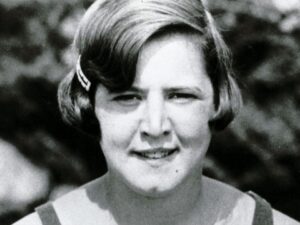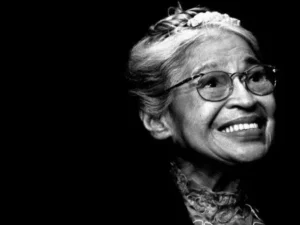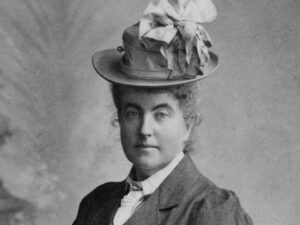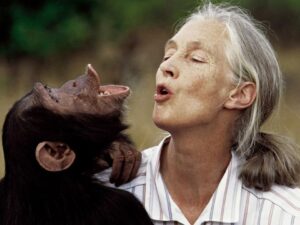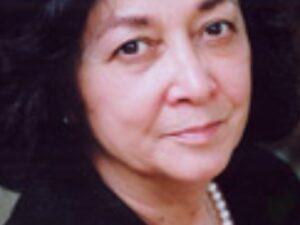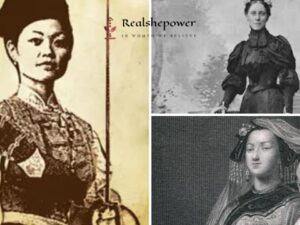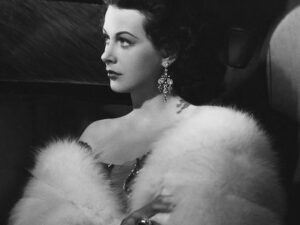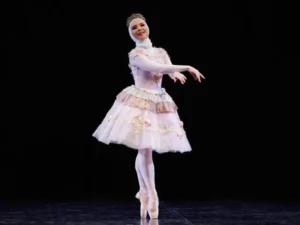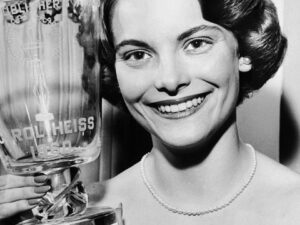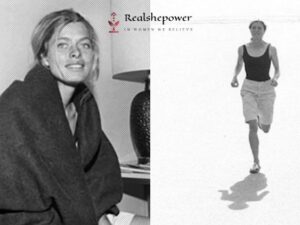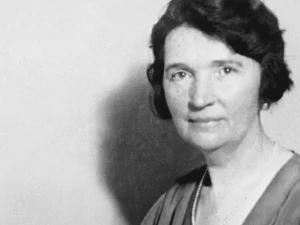Annie Oakley was a lot more than America’s sharpshooter.
In the year 1860, on the thirteenth day of August, the world welcomed a girl named Phoebe “Annie” Mosey. Born amidst scarcity and want, Annie’s first cradle was a ramshackle cabin close to Greenville, Ohio. Life dealt her a harsh hand early on when, aged five, she was robbed of her father, Jacob, who was claimed by a fierce blizzard during a routine town visit. Soon, the family teetered on the brink of destitution and the loss of their farm. However, adversity had not met its match in the young Annie, who had by then honed her hunting skills sufficiently to fend for her family.
From there, her marksmanship grew leaps and bounds, as she ventured into an assortment of trick shots which would later become her claim to fame. Annie’s steadfast grit bore fruit – her skills not only brought sustenance to the table but also facilitated her in earning a decent livelihood by selling her game to Greenville’s merchants. By the age of fifteen, her hard-earned savings allowed her to rescue her family’s farm from loss.
In the year 1875, Annie Oakley, forayed into a local shooting contest against Frank E. Butler, a seasoned entertainer and trick shooter, while vacationing in Cincinnati. The confident Butler, beholding the petite woman, cheerfully offered to accept all bets with a handsome $100 purse, even going as far as offering to teach her marksmanship. Annie, however, flipped the tables, shooting all twenty-five clay pigeons, besting Butler’s score of twenty-four. Butler was both astounded and smitten, and his admiration for the young woman grew to such an extent that he made it his mission to court her. The two are believed to have tied the knot on the 23rd of August, 1876, in Cincinnati.
As they embarked on their journey across the west, Annie assumed the stage name, Annie Butler, named after a Cincinnati neighborhood. Her spectacular acts often involved shooting targets while precariously balanced on the back of a galloping horse.
Annie’s astounding shooting talent included shooting dimes off a man’s hand, extinguishing a moving candle’s flame, and even hitting the center of the Ace of Spades over her shoulder using a mirror. Her stunning display of skill caught the attention of William “Buffalo Bill” Cody, who offered the Butlers a three-day trial run in his Buffalo Bill’s Wild West performance in 1885. Cody was thoroughly impressed and hired them on the spot, giving Oakley the nickname “Li’l Miss” to acclimate the audience to the sound of shooting.

Social Theory in Contemporary Asia (Hardcover)
A powerful exploration of culture, identity, and change in modern Asia. Thought-provoking and essential for readers of sociology and global politics.
👉 View on AmazonChief Sitting Bull, a legend in his own right, was so moved by Annie’s talent that he sent her $65 for an autographed photograph. Oakley returned the money with the requested photograph. Sitting Bull honored her with the name “Watanya Cicilla,” translating to “Little Sure Shot” in English. Chief Sitting Bull later joined the Buffalo Bill’s show.
Annie Oakley distinguished herself in 19th-century America not only with her shooting prowess but also with her unique attire and behavior. She wore knee-length dresses and let her chestnut hair flow down her back, both of which were considered unconventional. Yet, as author Julie E. Williams suggests in her thesis, Embodying the West, Oakley’s embodiment of femininity, modesty, and piety allowed her to defy the norms without much backlash.
In her downtime, Oakley preferred the tranquil comfort of her tent, with her Bible and sewing needle as companions, unlike other employees of Buffalo Bill who relished a good celebration. Oakley’s success paved the way for more women to partake in sports, traditionally male-dominated fields.
As the Spanish-American War cast a long shadow in 1898, she courageously offered to train a battalion of fifty female sharpshooters in a letter to President William McKinley. However, the proposal was rejected as the military did not permit women’s service at the time.
“At the pinnacle of my game, a man hitting a target is called a marksman, and I, despite my skills, am deemed a trickster. I never quite warmed to that,” Annie once quipped.
By 1901, Oakley was at the zenith of her career. The Wild West show was a household name, touring from town to town and performing to large crowds. However, a disastrous train accident in North Carolina abruptly ended the show. Oakley was violently thrown from her bunk and slipped into a seventeen-hour coma. She woke up with the left side of her body paralyzed. Only after five surgeries, months of rehabilitation, and two years was she able to walk again. This marked the end of Annie Oakley’s tenure with Buffalo Bill’s Wild West show, pushing her towards teaching shooting classes at elite gun clubs for a more manageable lifestyle.
Frank Butler secured a position with the Union Metallic Cartridge Company, a role that demanded demonstrations and allowed the couple to showcase their exceptional shooting skills.
Oakley again volunteered to train troops in shooting when World War I broke out but was again turned down. As noted in the book Women of the American Circus, Oakley, refusing to be deterred, traversed across America, offering shooting lessons and demonstrations for the National War Council of the Young Men’s Christian Association and the War Camp Community Service.
When Annie Oakley passed away in 1926 at the age of 66, America lost a veritable heroine. Her incredible talent and formidable spirit were immortalized in film, music, and television. The first film about her, Annie Oakley, starring Barbara Stanwyck, premiered in 1935. The 1946 stage musical, Annie Get Your Gun, was adapted into a film starring Betty Hutton in 1950 and recreated for television in 1957. The syndicated television show, Annie Oakley, ran from 1954 to 1957.
Her life remains an inspiration, a testament to the resilience of the human spirit. Annie Oakley, a symbol of female empowerment, soared in a world where women were largely confined to domestic roles. Her legacy continues to inspire, her courage in the face of adversity standing as a timeless beacon of hope.









